PHC Matters
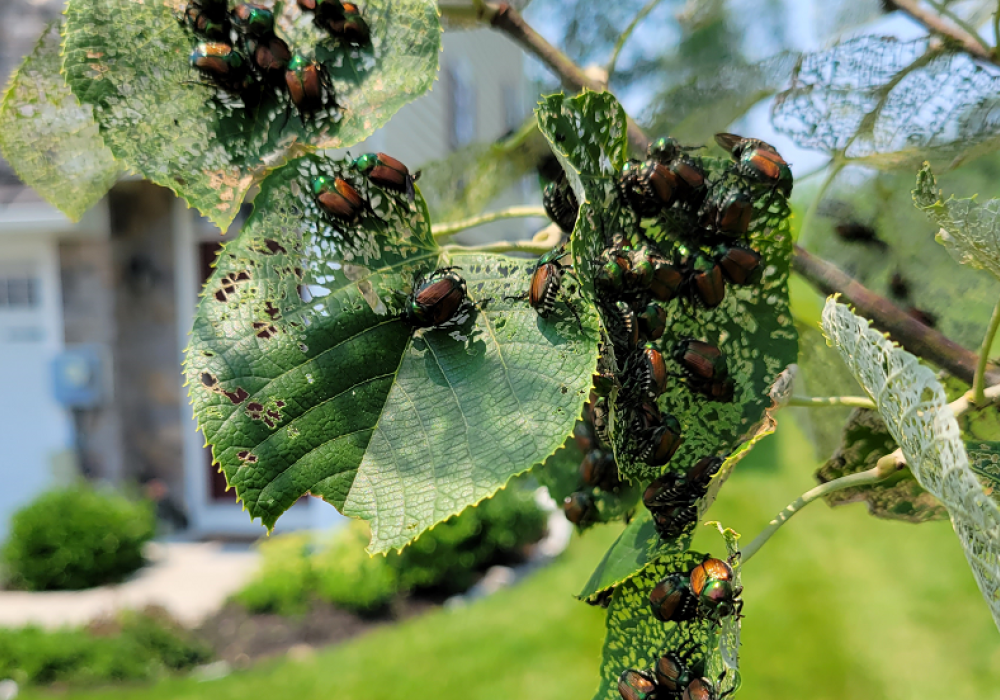
What You Need to Know About Japanese Beetles
POSTED ON: BY: Burkholder PHC
As part of our ongoing series on invasive insects, this article focuses on Japanese beetles, a significant concern for homeowners and gardeners due to their destructive impact on over 300 species of ornamental plants. This article will discuss the characteristics, life cycle, and damage caused by Japanese beetles in Pennsylvania. We will also explore various control …
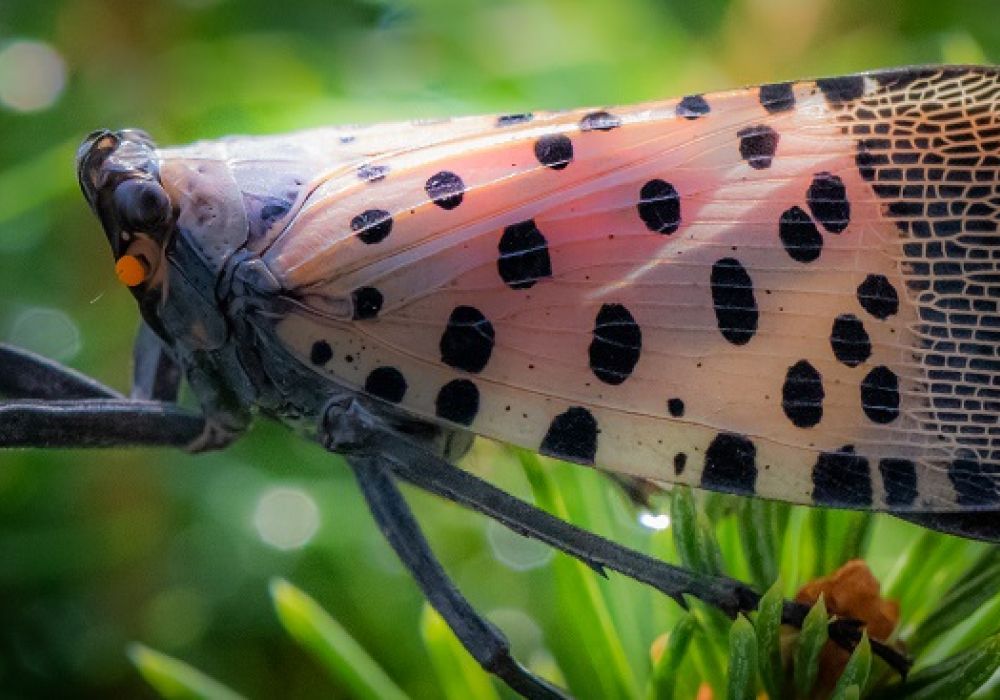
What You Need To Know About the Spotted Lanternfly
POSTED ON: BY: Burkholder PHC
What is the spotted lanternfly? If you live in Pennsylvania, you have probably already seen this insect. The spotted lanternfly (lycorma delicatula or SLF) is an invasive species native to China and Southeast Asia.
The pest was discovered in Pennsylvania in 2014, specifically Berks County, and has spread throughout Pennsylvania and neighboring states: north to Massac…
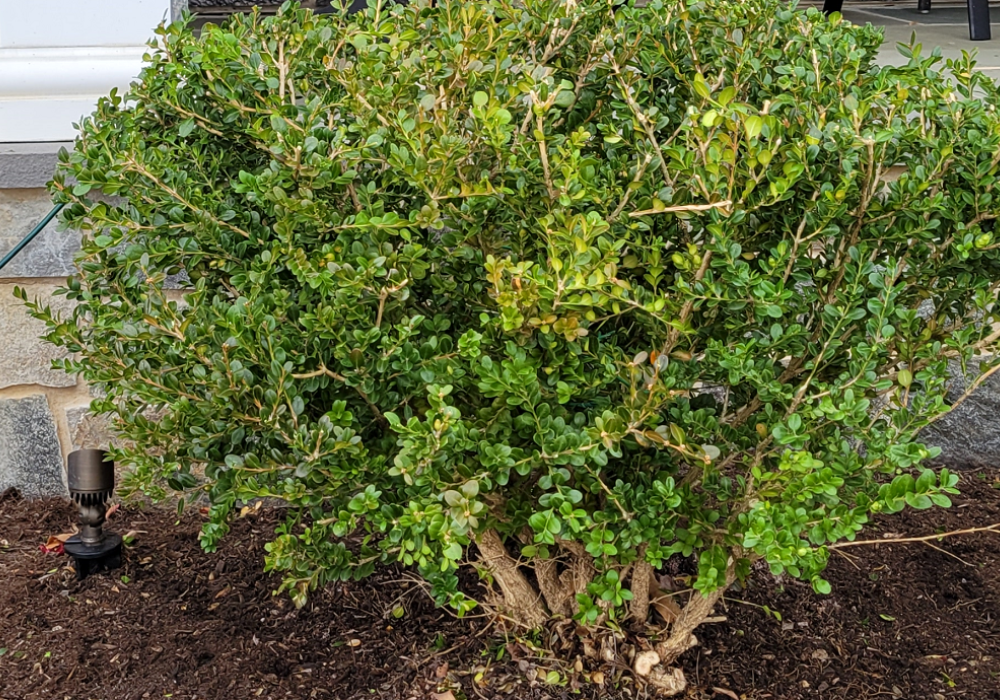
What Is Boxwood Leafminer?
POSTED ON: BY: Burkholder PHC
Boxwood leafminer is a common pest that affects boxwood shrubs. These pests appear as tiny flies on the undersides of boxwood leaves and cause significant damage to boxwood shrubs by feeding on the leaf tissue. The species was first reported as a pest in the United States in 1910 and is now found across the United States wherever boxwood grows.
Learn About Seas…
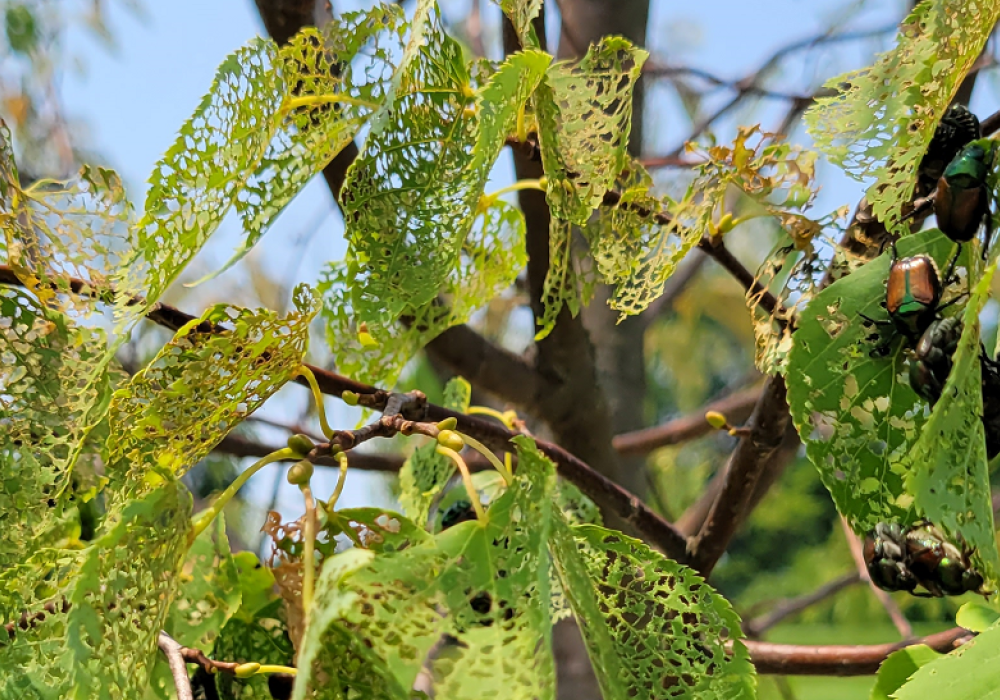
Invasive Insects: Introduction
POSTED ON: BY: Burkholder PHC
Invasive insects can be a threat to your lawn and home. In addition to disrupting or harming residential landscapes, many invasive pests negatively impact local environments if these insects spread and reproduce. Therefore, pest management is crucial to protecting landscapes and preventing these species from damaging lawns as much as possible. This article will highl…
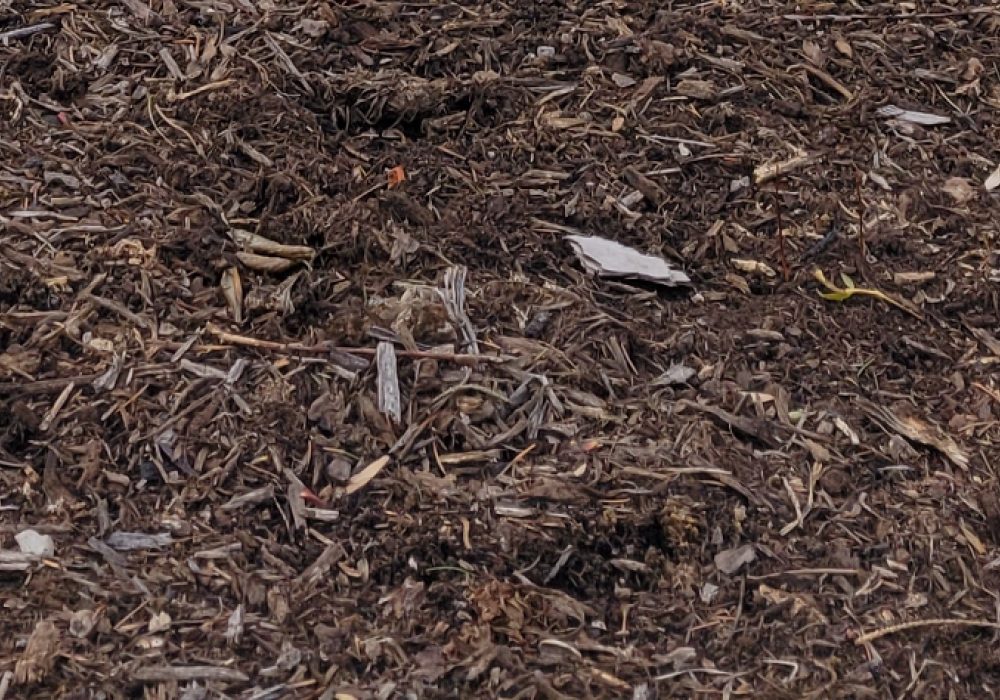
What Are Soil Amendments?
POSTED ON: BY: Burkholder PHC
Soil amendments are products added to the soil to improve soil’s physical, chemical, or biological properties. Some of these properties that amendments are used for include increasing soil fertility or water-holding capacity and decreasing compaction or erosion. Soil amendment differs from fertilizer by modifying the condition of the soil itself, whereas fertilizer a…

What Are Invasive Species?
POSTED ON: BY: Burkholder PHC
Invasive species are plants or animals from another region that have been placed in a new environment. Often these species are introduced to an area by humans and can spread quickly and cause damage to native ecosystems and people. While not all invasive species are necessarily dangerous or lethal, some of these plants and animals can disrupt the balance in their new…
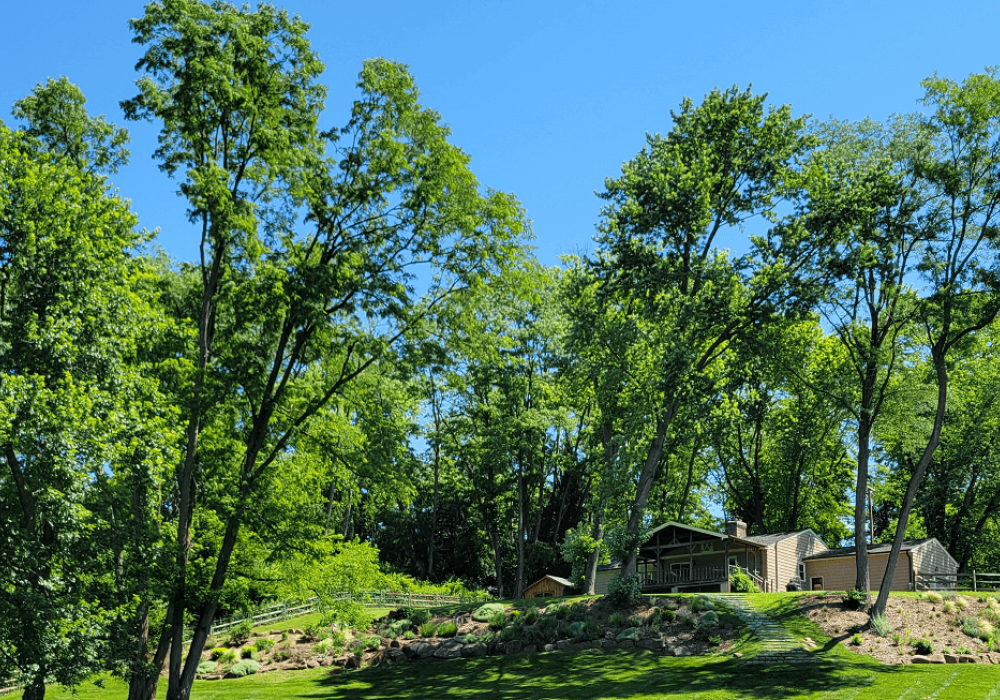
Plant Health Care Outlook
POSTED ON: BY: Burkholder PHC
The trend of the past 10 years in residential landscapes has been increasing pressure from insect pests, diseases, and vertebrates. We fully expect that this will continue in 2023 and that the plant health care outlook for the next year will include the following conditions.
Increase of insect pest number and variety that will affect more ornamental plants
A wet spr…
Burkholder Plant Health Care 2022 Year In Review
POSTED ON: BY: Burkholder PHC
2022 was the second full year in the field for Burkholder Plant Health Care. Having a year of local-property data and experience enabled us to measure our successes and adjust our program to address any shortcomings from 2021. As a certified arborist and the manager of Burkholder Plant Health Care, I am taking this opportunity to share with you our plant health care year in…
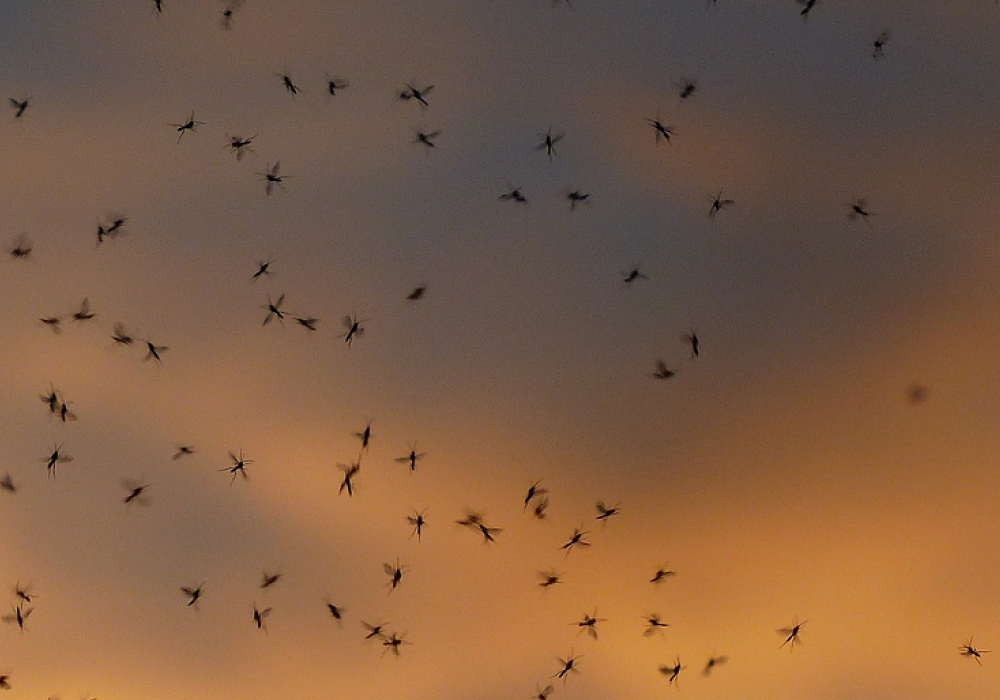
Mosquitoes
POSTED ON: BY: Burkholder PHC
Mosquitoes have long been considered summertime pests. You know that mosquitoes are annoying with their high-pitched buzzing on hot summer nights, and that their bites lead to itchy skin. Did you know that these insects pose health risks to animals and people? Mosquitoes are actually a major risk to human and animal health. Mosquito borne diseases are spread through …

